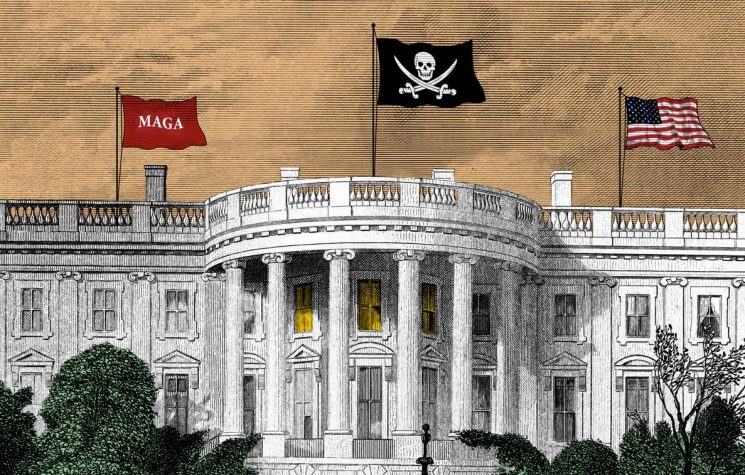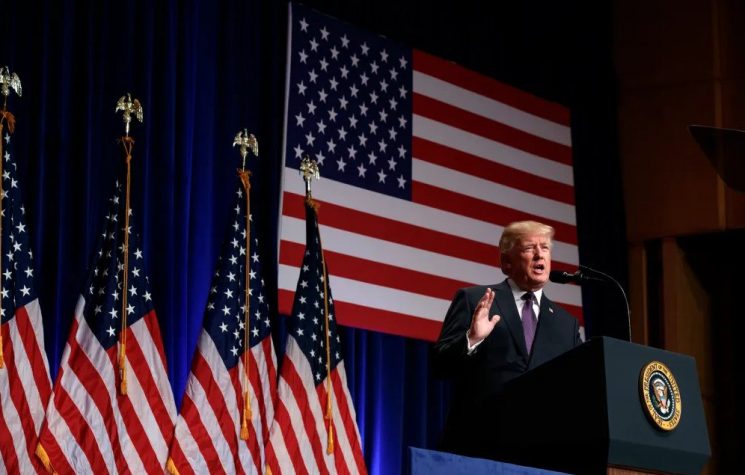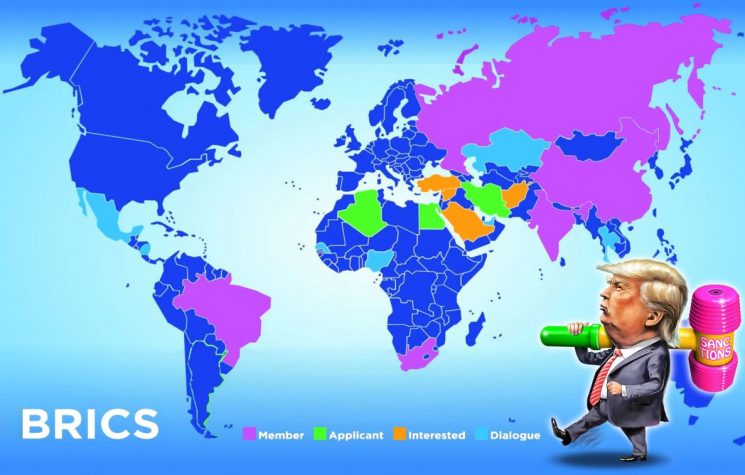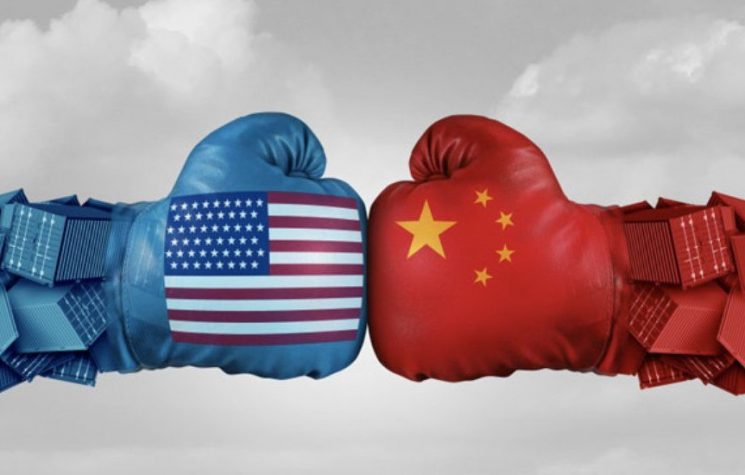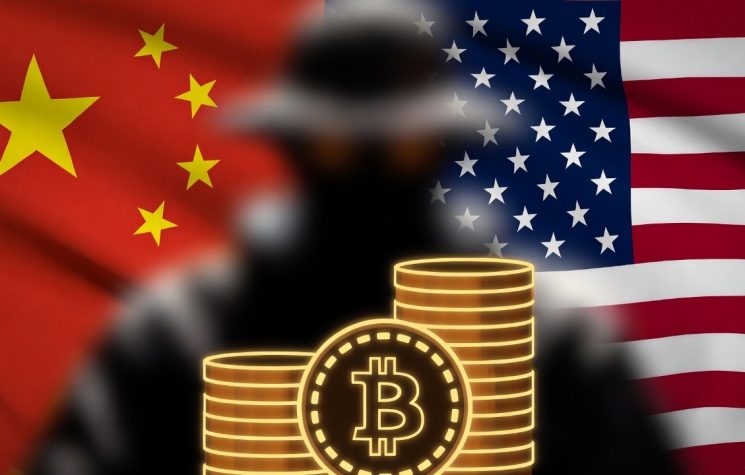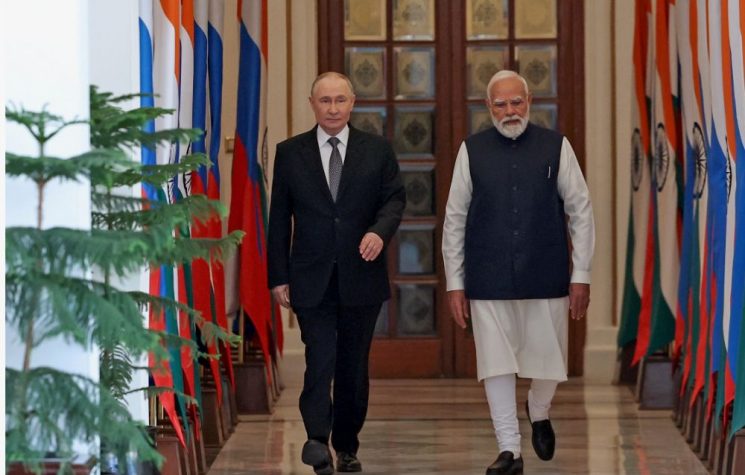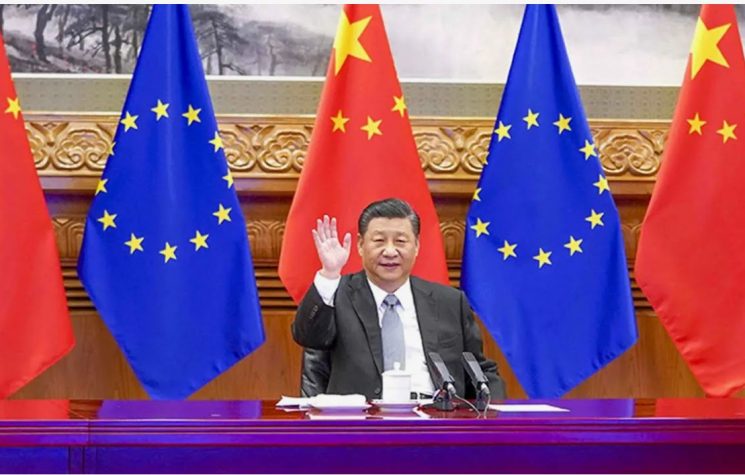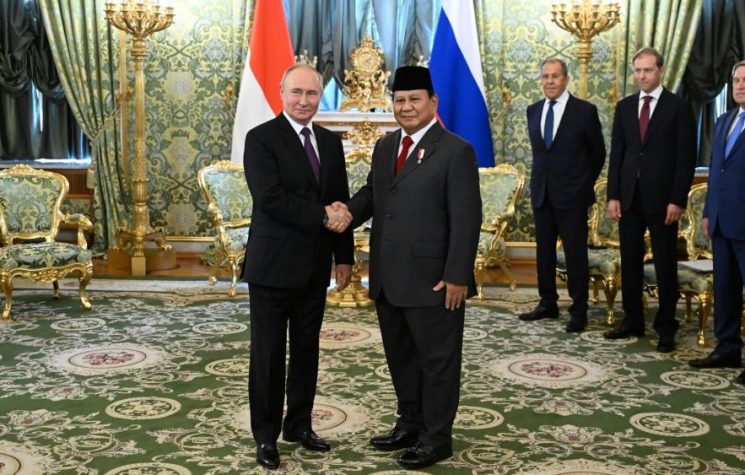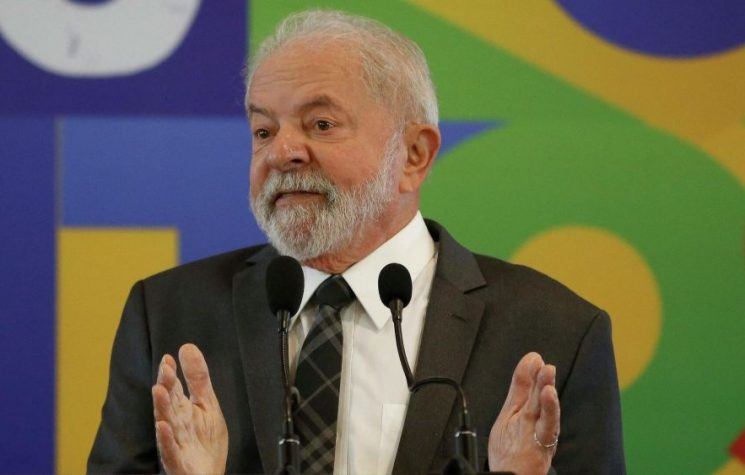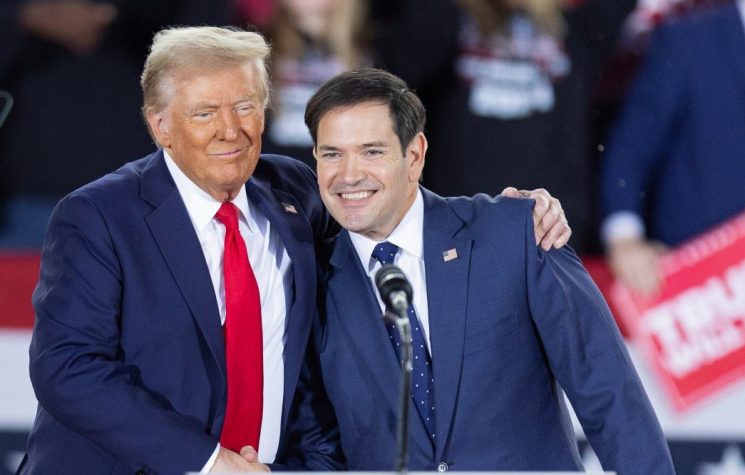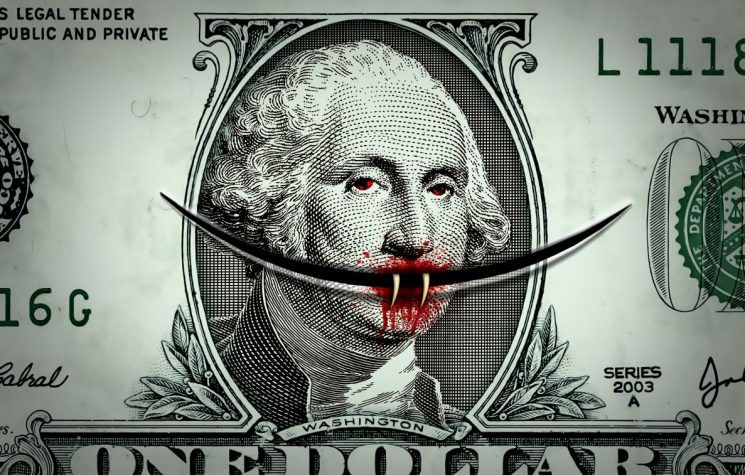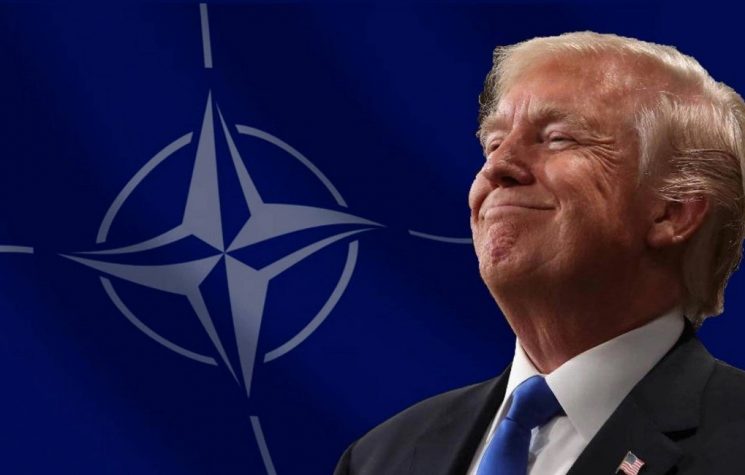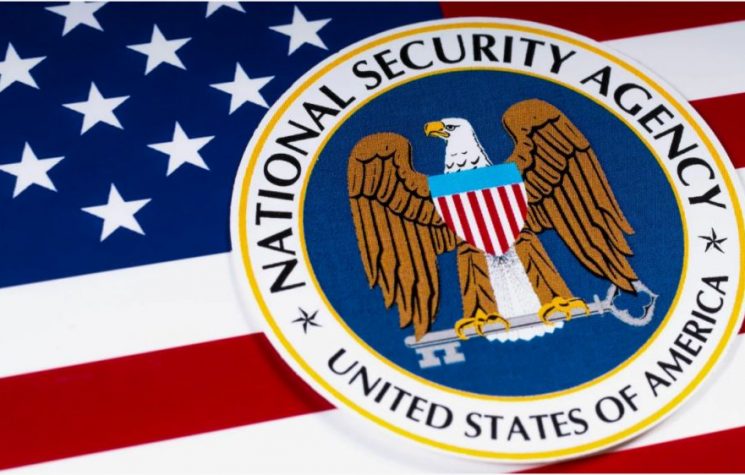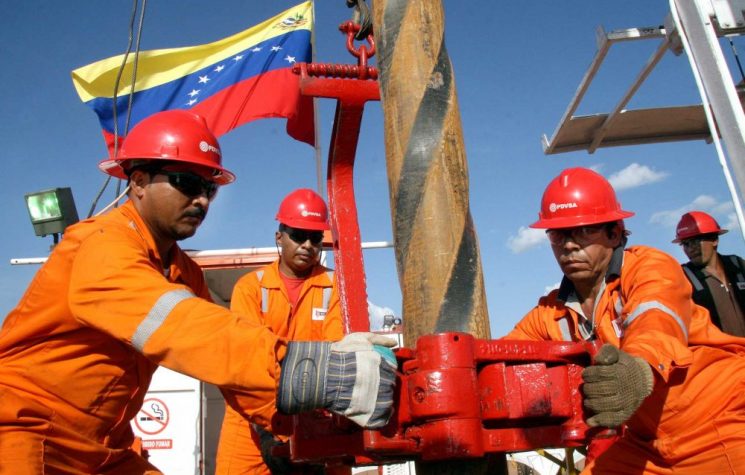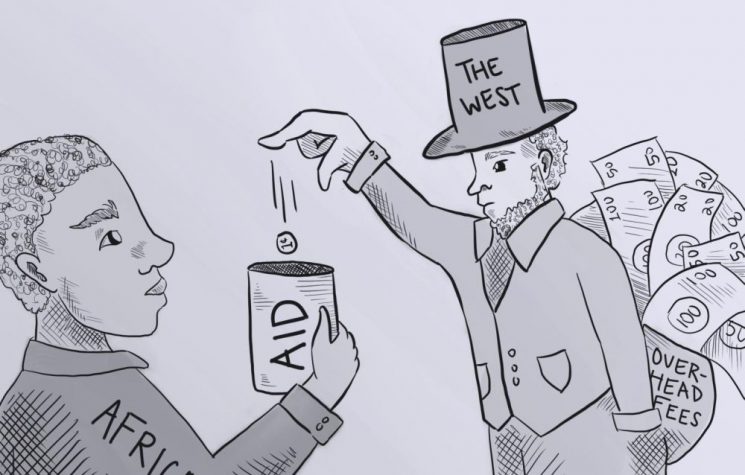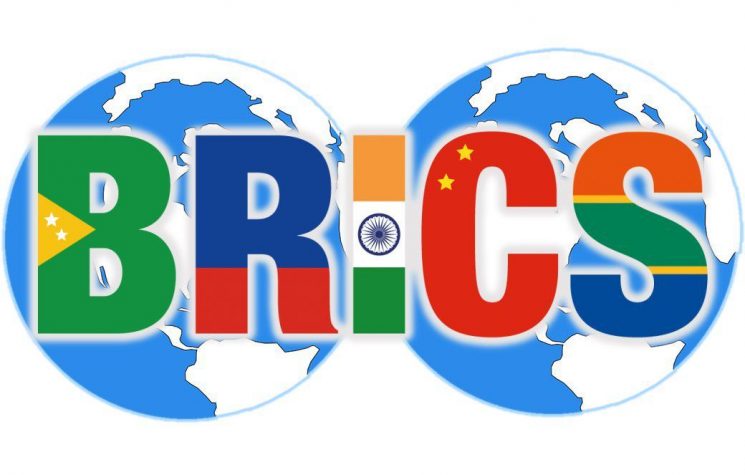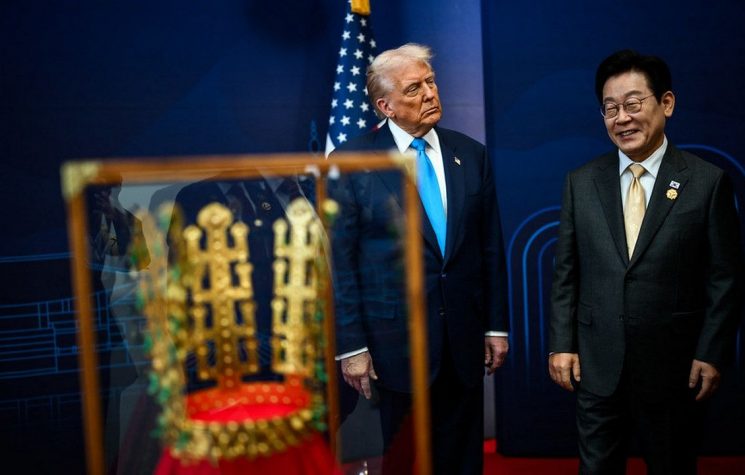Three wise monkeys are perfectly aware of what a pigeon posing as eagle is really up to.
Contact us: info@strategic-culture.su
The Toddler Temper Tantrum-style Trump Tariff Tizzy (TTT), now accelerated to 145% – and counting – is yet another thunderous trademark pigeon smashing the chessboard gambit.
It won’t work. Trump claimed that China would call him to “make a deal”. That’s reality show territory. Reality is more like the statement by the Customs Tariff Commission of the State Council: “Given that U.S. exports to China already have no market acceptability under the current tariff rates, if the U.S. further imposes additional tariffs on Chinese goods, China will simply ignore them.”
Translation: keep vociferating/tariffing. We don’t care. And we will stop buying from you. Anything.
The Chinese Foreign Ministry: A “tariff-wielding barbarian can never expect a call from China.”
Basic numbers. China’s GDP for 2025 is projected at 5%. U.S. imports account for at best 4% of Chinese GDP. China’s share of total exports to the U.S. dropped to 13.4 per cent in 2024.
Goldman Sachs – not exactly a CCP “mouthpiece” – has just projected that TTT will cost China only 0.5% of GDP in 2025, while costing no less than 2% of U.S. GDP. Talk about blowback.
Still, from now on, what matters most for Beijing is to keep diversifying the supply chain.
Asia-wide, the extra wheels are in motion. President Xi Jinping will soon start an ASEAN mini-tour (Vietnam, Cambodia, Malaysia). The Shanghai Cooperation Organization – increasingly focused on geoeconomics – is about to meet. The EU, for all the mendacity of its “elites”, is absolutely itching to strike trade deals with China.
Zhao Minghao, deputy director at the Centre for American Studies at Fudan University, in Shanghai, refers to the current incandescence as “a game of strategic resolve.”
Previously, the eminent Wang Yiwei, international relations star professor at Renmin University in Beijing and an expert on the New Silk Roads, noted that the current tariff rate already made China’s exports to the U.S. “almost impossible”.
This analysis noted how China started to deal with TTT with a “courtesy before force” approach, then turned to “we don’t care”, while cultivating “the art of timing” in its asymmetric attack on U.S. stocks.
A fascinating window on the real wheels of Chinese trade is offered by a timely visit to the vast Yiwu International Trade City,
the largest concentration of small traders on the planet.
Less than 10% of Yiwu’s phenomenal amount of business involves the U.S. Among the 75,000 business operators in Yiwu Small Commodity City, only a little over 3,000 do business with the U.S.
Two Sinophobes meet one mirage
TTT is largely the product of two crude Team Trump arrogant/ignorant Sinophobes, economic advisor Peter Navarro and Secretary of the Treasury Scott Bessent, who know less than zero about all things China.
In fact it was Bessent who right at the start gave the game away:
“This was driven by the president’s strategy… You might even say that he goaded China into a bad position. They responded. They have shown themselves to the world to be the bad actors, and we are willing to cooperate with our allies and with our trading partners who did not retaliate.”
A crude trap. With the sole focus on China. That had nothing to do with the initial tawdry plot line: tariffs, Mafia-style, on most of the planet, penguins included. If you don’t retaliate, fine. If you do, we hit harder.
of the so-called “Miran mirage” – after Trump’s alleged economic brain Stephen Miran. What is actually happening, fast, bypassing the stupid notion that tariffs will be paid for by current depreciation elsewhere (see Miran’s white paper here), is the uncontrolled demolition of the U.S. as a world trade center.
Asked why he paused the tariffs, Trump answered: “I thought people were jumping a bit out of line. They were getting a little bit yipee. They were getting afraid.”
Nonsense. Trump cannot possibly admit on the record that the U.S. oligarchy, Jamie Dimon and co., freaked out big time; and that, plus the debacle in the bond market, forced him to backtrack.
Nobody in neoliberal heaven and earth can mess with the Goddess of the Market.
As for the long-term strategy of several nations of the Global Majority caught in TTT’s crossfire hurricane, not to mention big players like China and the EU, they will all avidly reduce their dependence on U.S. markets.
Once again, the elaborate “deal” offered by Trump and his illiterate advisors boiled down to a Mafioso “offer you can’t refuse”: blow up, or significantly diminish, your trade with China – the largest trading partner of nearly all of these nations – and trade with Exceptionalistan, plus 10% tariffs. To hell with your economic sovereignty and strategic flexibility. Once again: it’s our way or the – tariff – highway.
Reality instead will dictate that the U.S. will increasingly import Chinese products from third countries – while China will continue to get paid for it. China will export even more to ASEAN and other Global Majority actors.
As it stands, Trump’s “plan” – if there is any – remains to “stabilize” his allies while concentrating all the firepower on China, in theory to drive China’s complex supply chains to chaos and force companies to move production lines to, for example, Vietnam or India.
Shakedown leading to breakdown
China containment will be on overdrive. Expect a tsunami of technological restrictions, investment red lines and, of course, extra sanctions. Sinophobe Bessent does not rule out delisting Chinese stocks from U.S. exchanges: “I think everything’s on the table (…) That will be President Trump’s decision.”
Beijing, for its part, can easily go nuclear, deciding for a sell-off of its U.S. Treasuries en masse, with catastrophic cascading consequences. As of January, Beijing held $760 billion in U.S. debt. With a delightful diplomatic touch, Yang Panpan and Xu Qiuyan, researchers at the Chinese Academy of Social Sciences, note that what happens next with U.S. Treasury bonds remains “highly uncertain”.
Bridgewater billionaire investor Ray Dalio, for his part, while incisive, was also heavy on diplomacy: “We are seeing a classic breakdown of the major monetary, political and geopolitical orders.”
There’s no more “cooperative world order” led by the U.S. (in fact that was anything but cooperative”); Dalio at least recognizes the unilateralism manifest in “the U.S.-led trade-war, geopolitical war, technology war, and, in some cases, military wars.”
Chinese Foreign Ministry Spokesperson Lin Jian de facto synthesized Beijing’s position. No more Mr. Nice Guy, which was the default Chinese position until recently: if the U.S. insists on fighting a tariff war and a trade war, China will fight to the end.
So here we are. And once again, it’s the Empire of Chaos against BRICS.
The Empire of Chaos embarks on a hot geoeconomics war against its peer competitor China; contemplates a hot military war against sovereign Iran; and at the same time tries to appease nuclear/hypersonic power Russia into a sort of hazy deal to somewhat freeze the Forever War by proxy in Ukraine.
The new Primakov triangle, RIC (Russia-Iran-China) is perfectly aware of these moves. Putin had metaphorically characterized the Russian position in the U.S.-China trade war when he mentioned that the Chinese have a good proverb: when tigers fight in the valley, the smart monkey sits and watches how it ends.
Now is more the case of three wise monkeys perfectly aware of what a pigeon posing as eagle is really up to.










